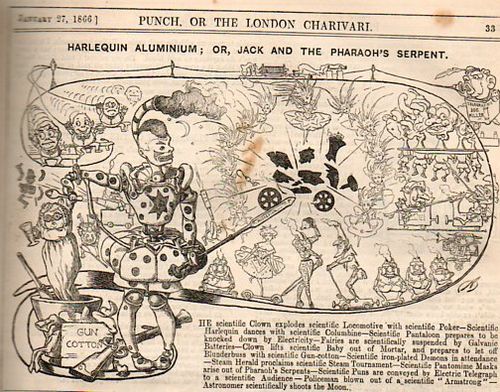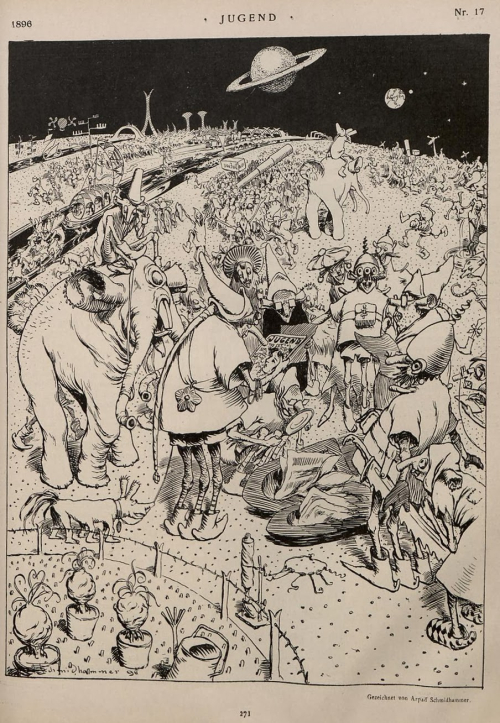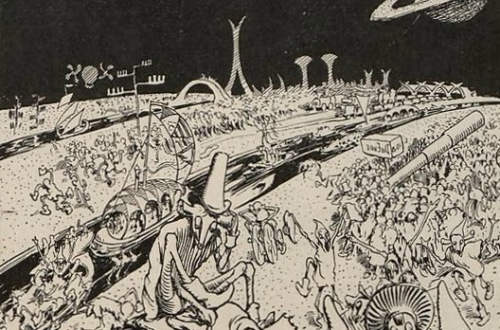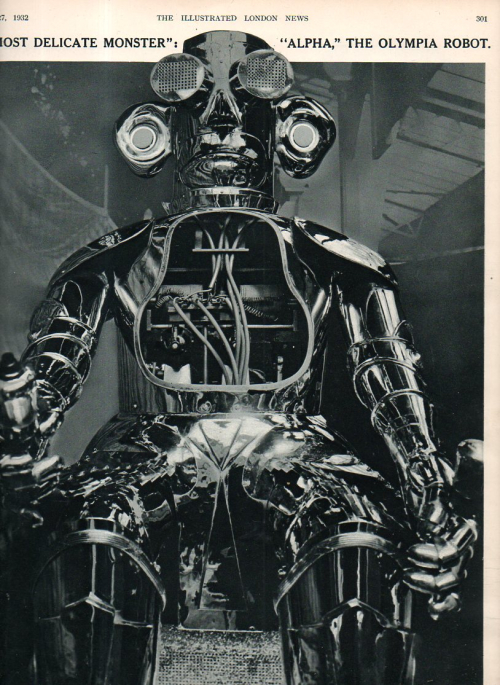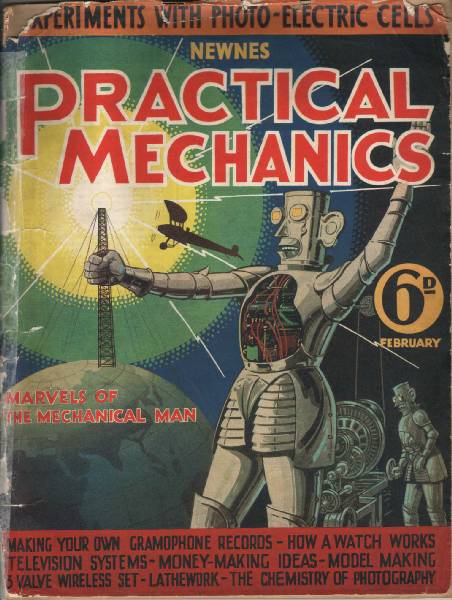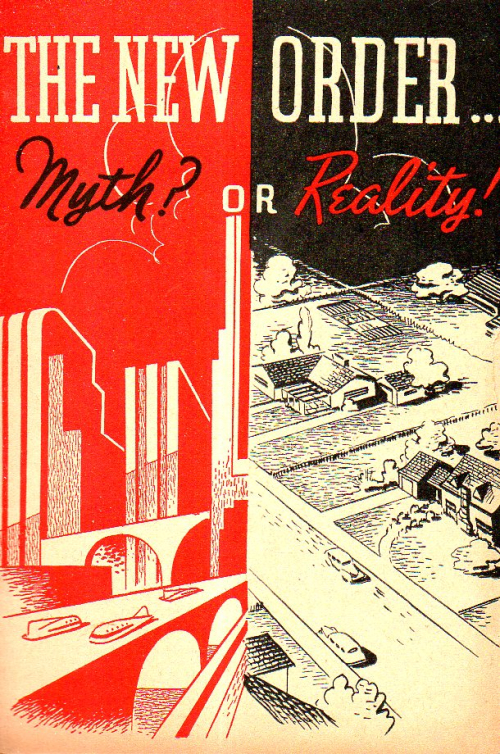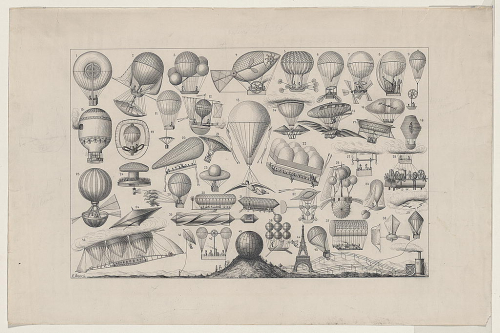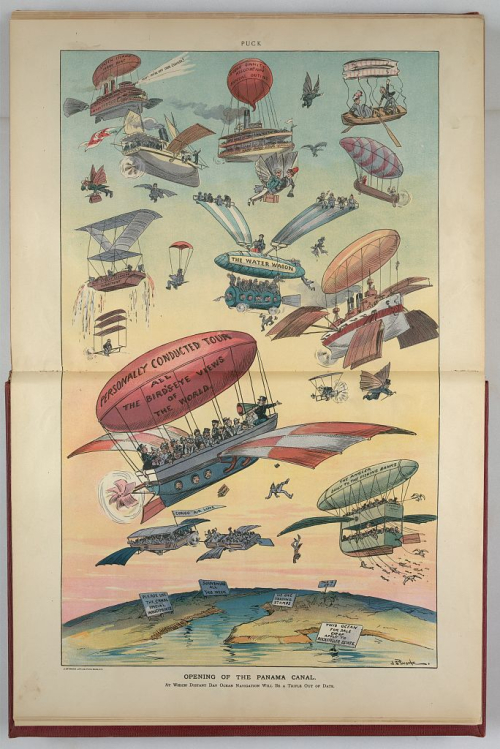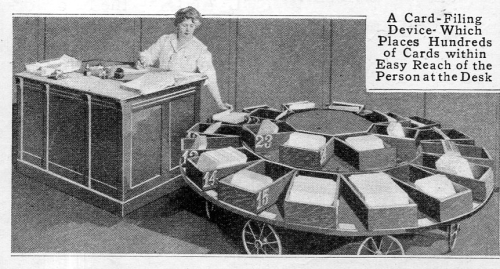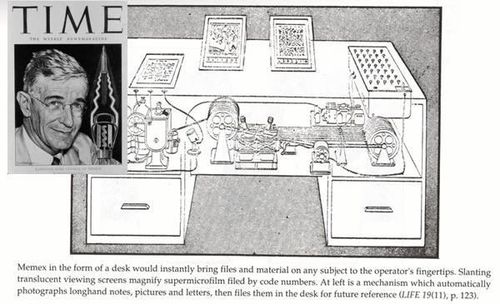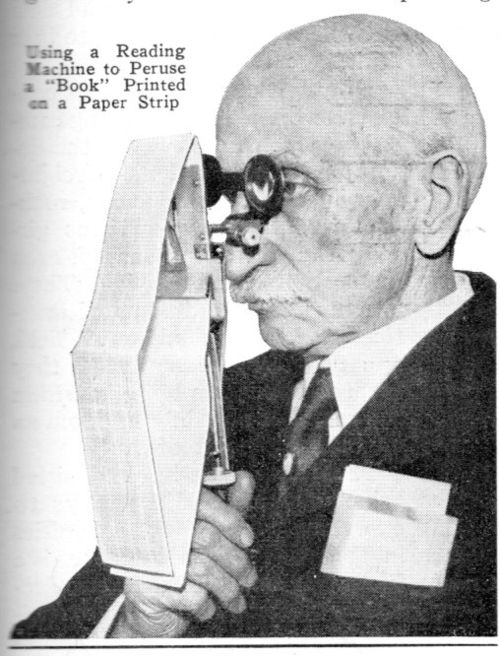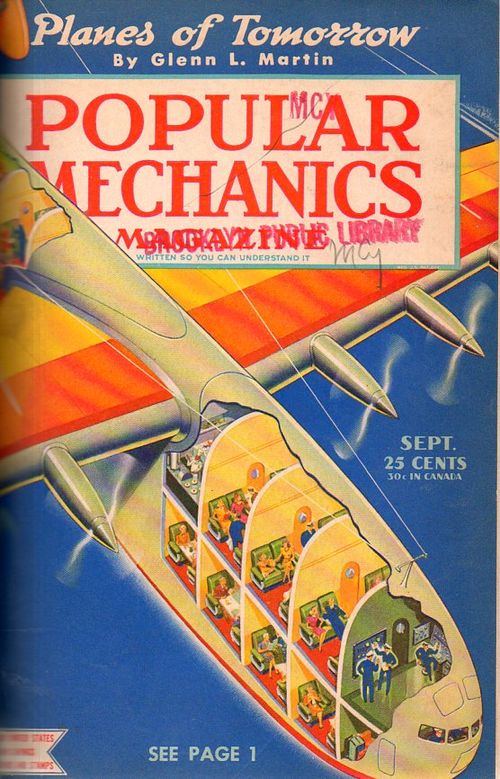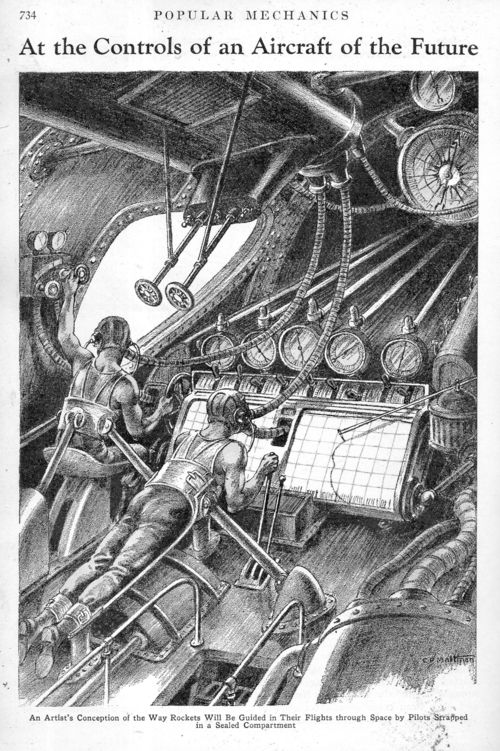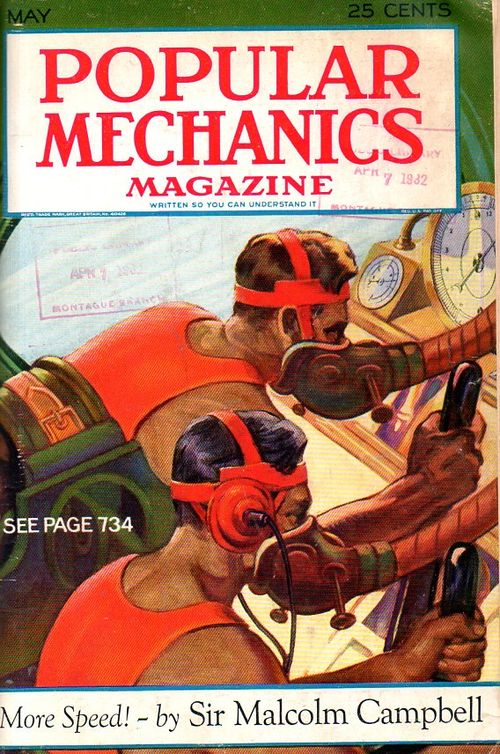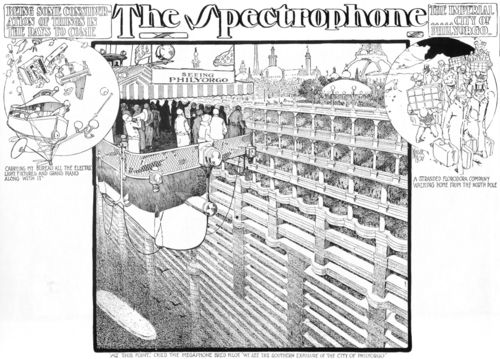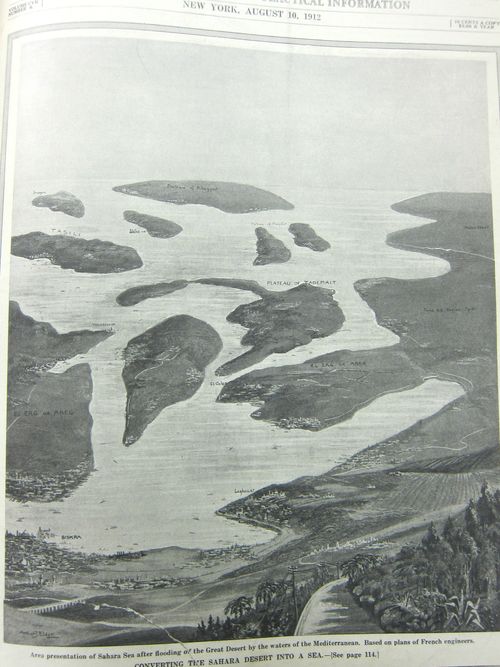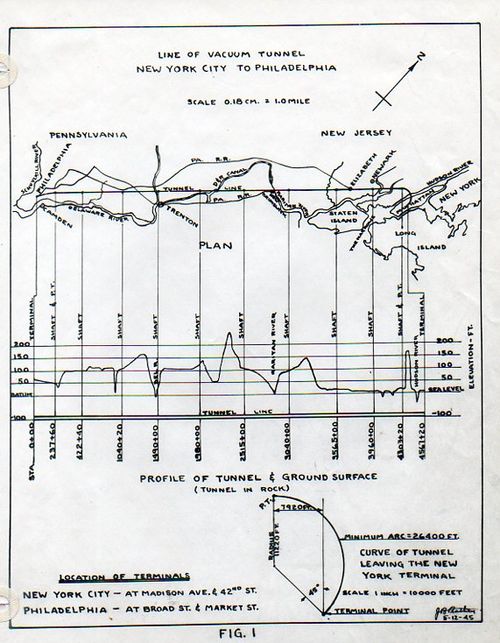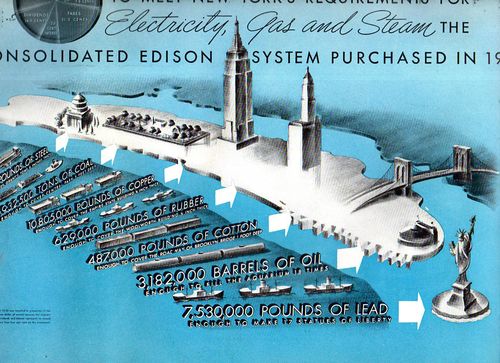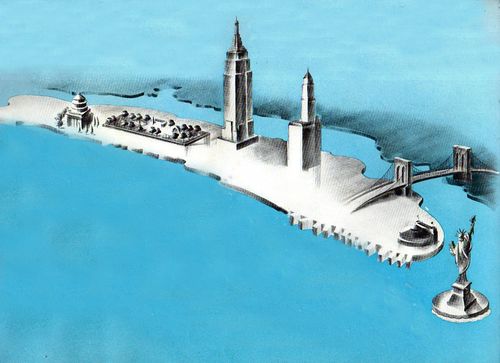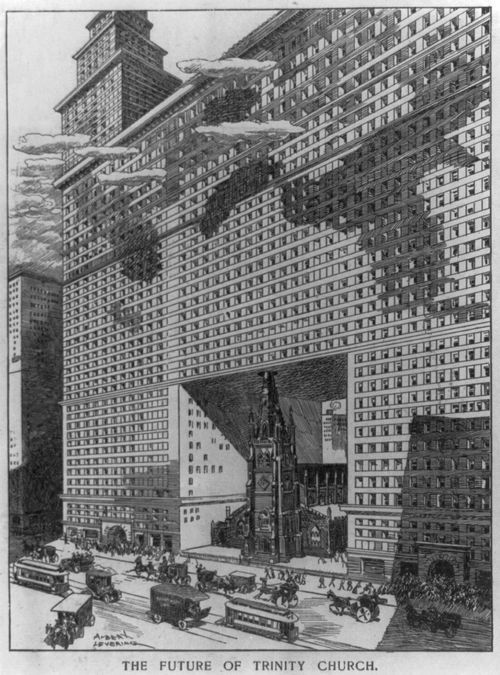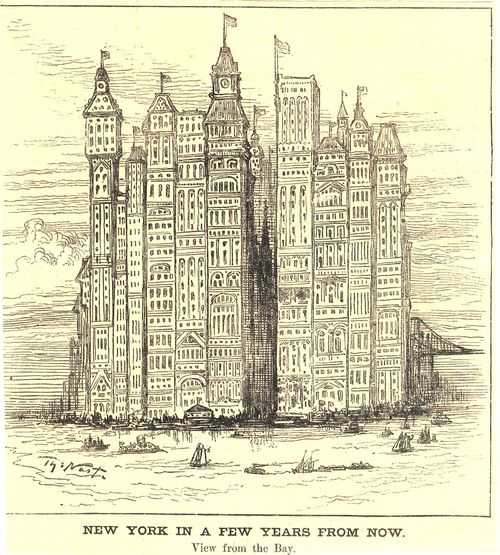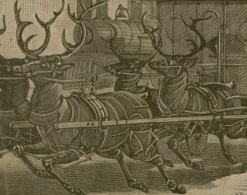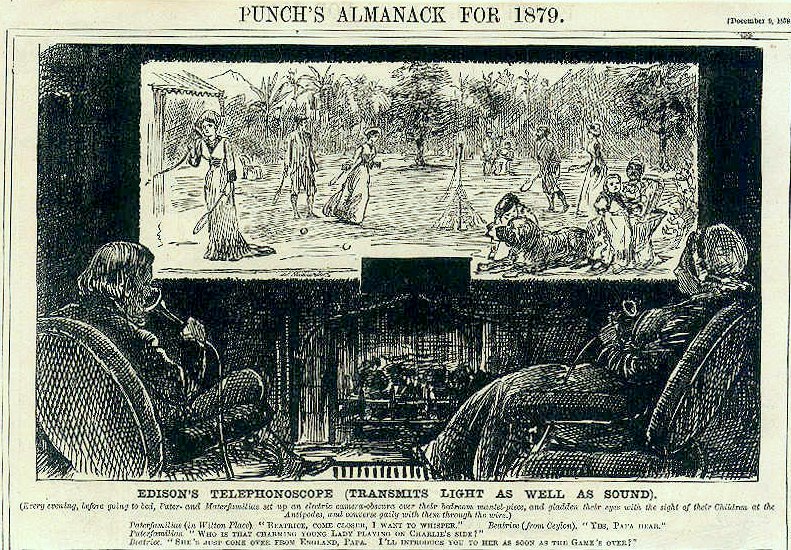JF Ptak Science Books (Expanding an earlier post, not having previously noticed the robot baby)
Punch, or the London Charivari published this delightful and somewhat prescient illustration ("Harlequin Aluminum; or, Jack and the Pharaoh's Serpent") in its 27 January 1866 issue. It is for me an excellent, sort-of early depiction of a steam-man, a steampunk man, a steam-driven clown robot person, that is very deeply and frequently hinged, with smoke belching from a curved smokestack coming from the back of its head, and controlling its own destiny enough so that it is actually attacking and blowing up a steam locomotive.
And that's what this image is all about--in the age of steam, the future looks more so; that, and given its extraordinarily frequent use (16 times) in the very short text, things in the future are going to get very "scientific1".
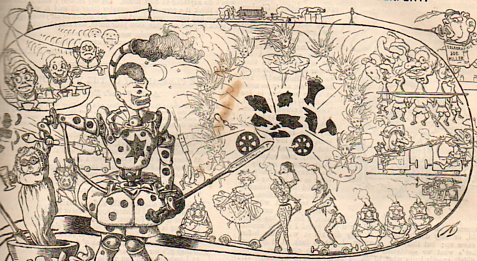
And what the (aluminum2) robot seems to be doing with its scientific poker is exploding a scientific locomotive, for reasons unknown, except that the application of the poker was very successful, if that is the proper word to describe this action--it does act to control its steam technology is busting the new technologies of the era, a rub and at the same time a statement of hope or expectation in a high-Victorian manner, a rationalism of all things via technological means. And at this time, in the mid-1860's, the new wellspring of hope was being found in electricity-based solutions--moving away from the pervasive steam-driven technologies--though as the cartoon suggests those expectations might be too soon, too fast and too deeply placed. After all, these things are being exploded by a "scientific clown" with a "scientific poker"--and that clown is being driven by steam.
Further, the steamrobot clown is pulling a scientific baby from a mortar--this is something that is unique to my experience, a robot generating a newer, younger, baby-robot in some undescribed manner. This is a generational moment among robots and something that is certainly not common in the history of early robots.
In the background-right we see a string of "scientific fairies" suspended by electricity, and beyond them, center-rear, is a comedian reading from Joe Miller's joke book (of "scientific puns") into a telephone-like device, with an audience to his mirth sitting and listening on the other end of the line--and this still 11 years away from the invention of the telephone. And so on. It is a marvelous piece of work, especially considering what was probably an ephemeral status.
(Also, the "Pharaoh's Serpent" part of the title of the illustration refers to a three-year-old phrase: "1863 W. Allingham Jrnl. 3 Oct. in H. Tennyson Mem. Tennyson (1897) I. 513 Mrs Cameron showed a small firework toy called ‘Pharaoh's Serpents’, a kind of pastille which when lighted twists about in a wormlike shape"--from the OED.)



